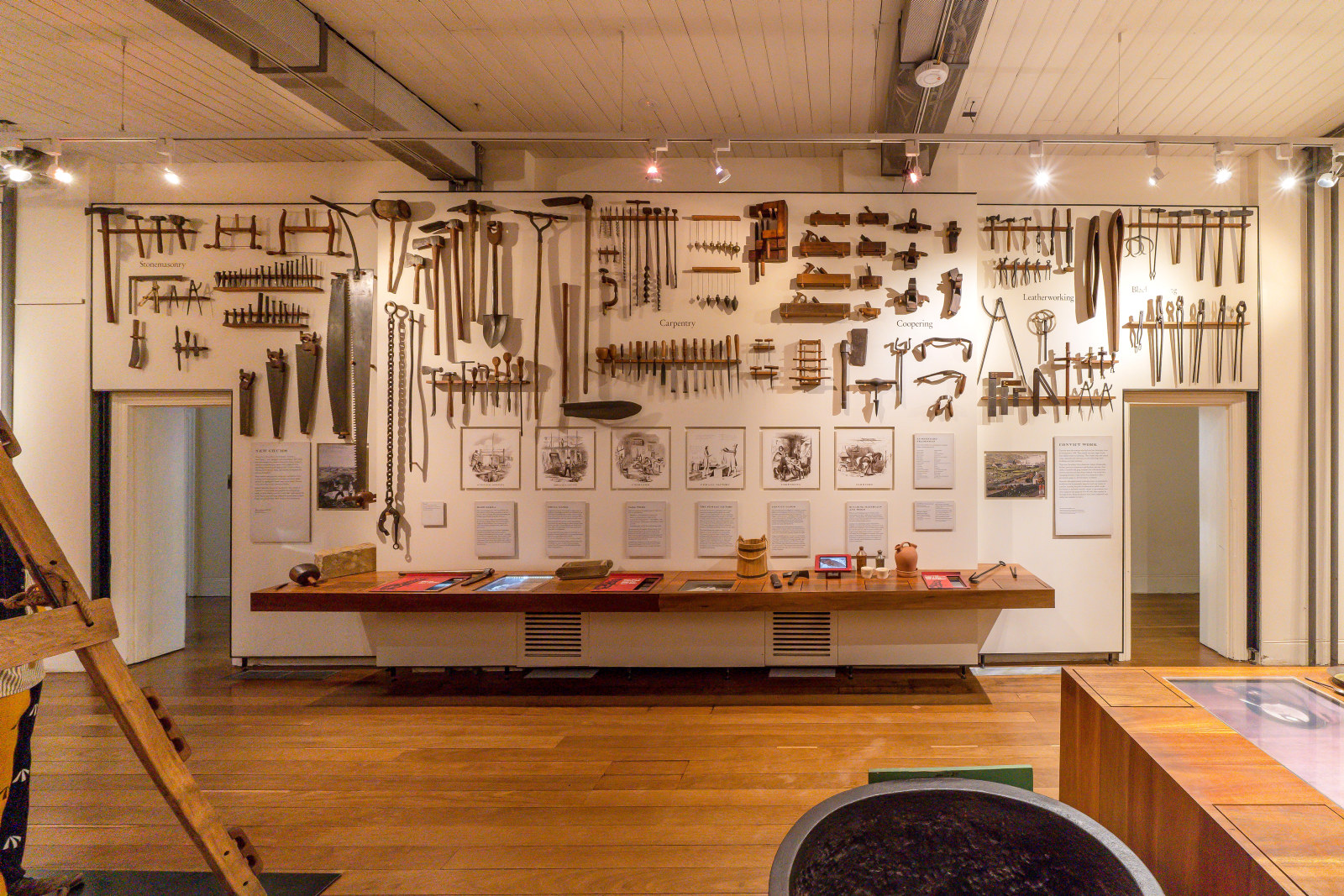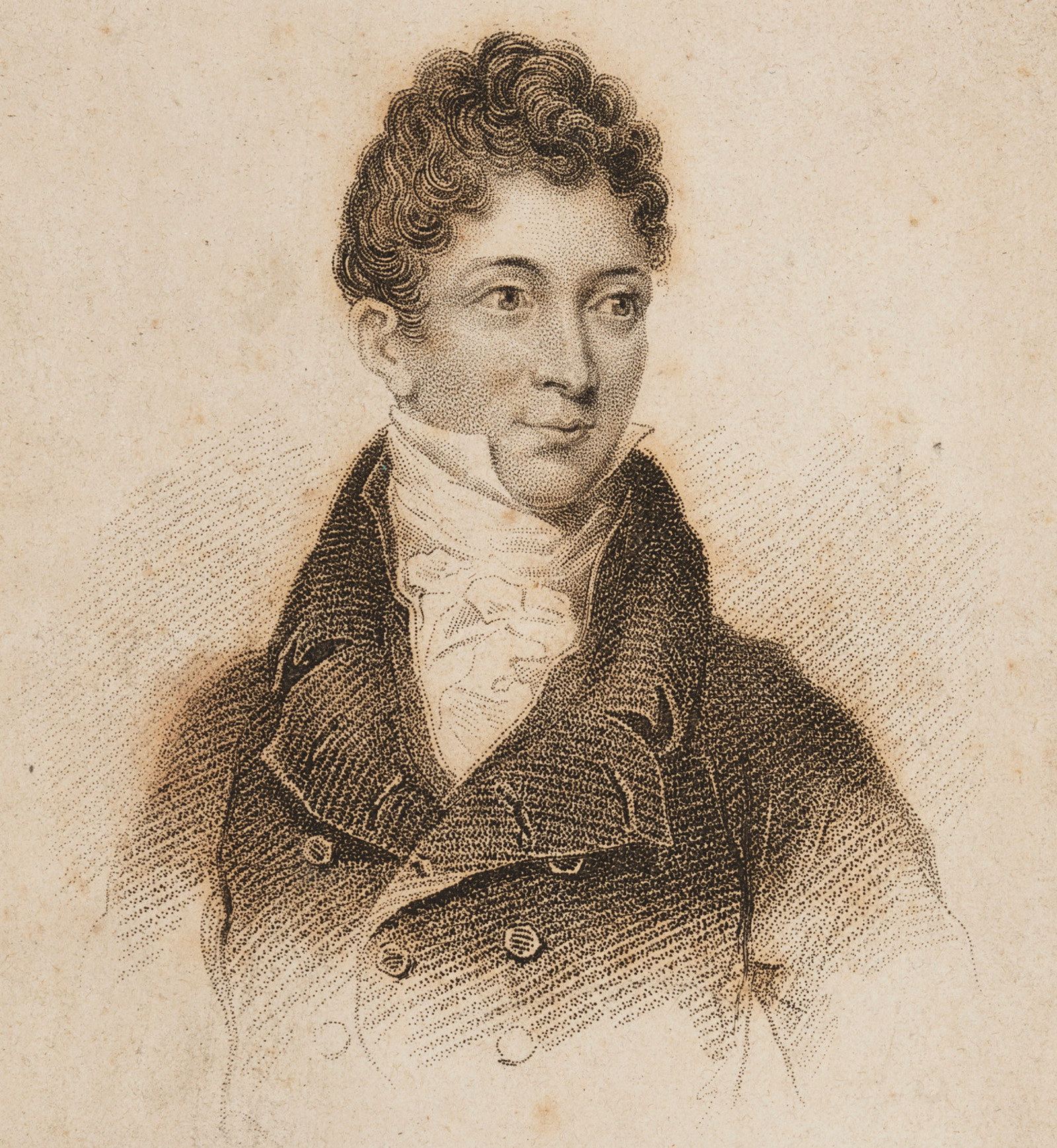Convict hat sennets & leaf shredder
This shredding tool and ‘sennets’ or fragments of plaited cabbage tree palm leaves (Livistona australis) were found beneath the floors of Hyde Park Barracks, and used by convicts for making hats.
Known as a castor or kelp in the convict 'flash' slang language, a good hat was very useful to a convict working under the punishing Australian sun. But government-issue caps provided no shade, so convicts improvised a solution. Spending countless hours working by candle and lamp light in the sleeping wards at night, the Barracks convicts plaited dried cabbage tree leaves that they had collected from the bush, for sewing into wide brimmed hats. Convicts were sometimes seen exiting the gates wearing several hats on their heads, to take them out to sell on the town. Straw plaiting was taught to convicts in the hulks and there were numerous convicts accommodated at Hyde Park Barracks with the trades of hat maker, milliner, hat finisher and hatter, who might have made such hats and taught the skill to others.
More artefacts

Convict Sydney
Objects
These convict-era objects and archaeological artefacts found at Hyde Park Barracks and The Mint (Rum Hospital) are among the rarest and most personal artefacts to have survived from Australia’s early convict period
Published on
Convict stories
Browse all![Pencil drawing of Bathurst 1818, Plans of Government Buildings at Bathurst, Main series of letters received [Colonial Secretary], 1788–1826.](https://cdn.sanity.io/images/zl9du87e/production/ec5b53147e75bdc6536c142340cae04b71adc992-3203x1998.jpg?fit=max&auto=format)
Convict farmer Antonio Roderigo and a ‘dastardly massacre’
A dispute over potatoes farmed by convict-settler Antonio Roderigo was one of many hostile events between colonists and Wiradyuri people that led to the Bathurst War of 1824

Cultivating a therapeutic landscape
Tracing the evolution of the Parramatta Female Factory to a hospital

Convict Sydney
Harbourside Gothic: The convict origins of Vaucluse House
Its architectural style is not all that is gothic about Vaucluse House. Discover the dark history of the house’s first owner, Henry Browne Hayes

Convict Sydney
James Hardy Vaux
Some convicts were transported more than once. Vaux was sent to the colony three times, each time arriving under a different name.